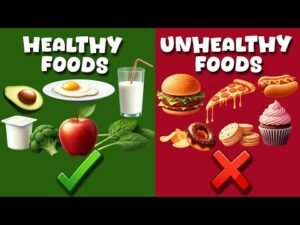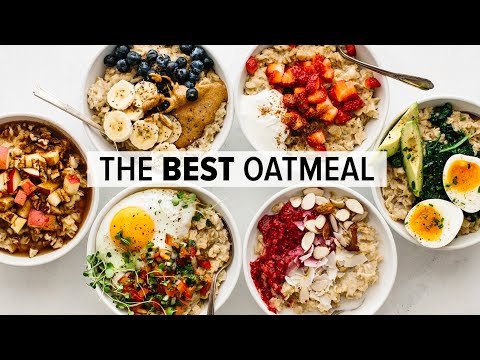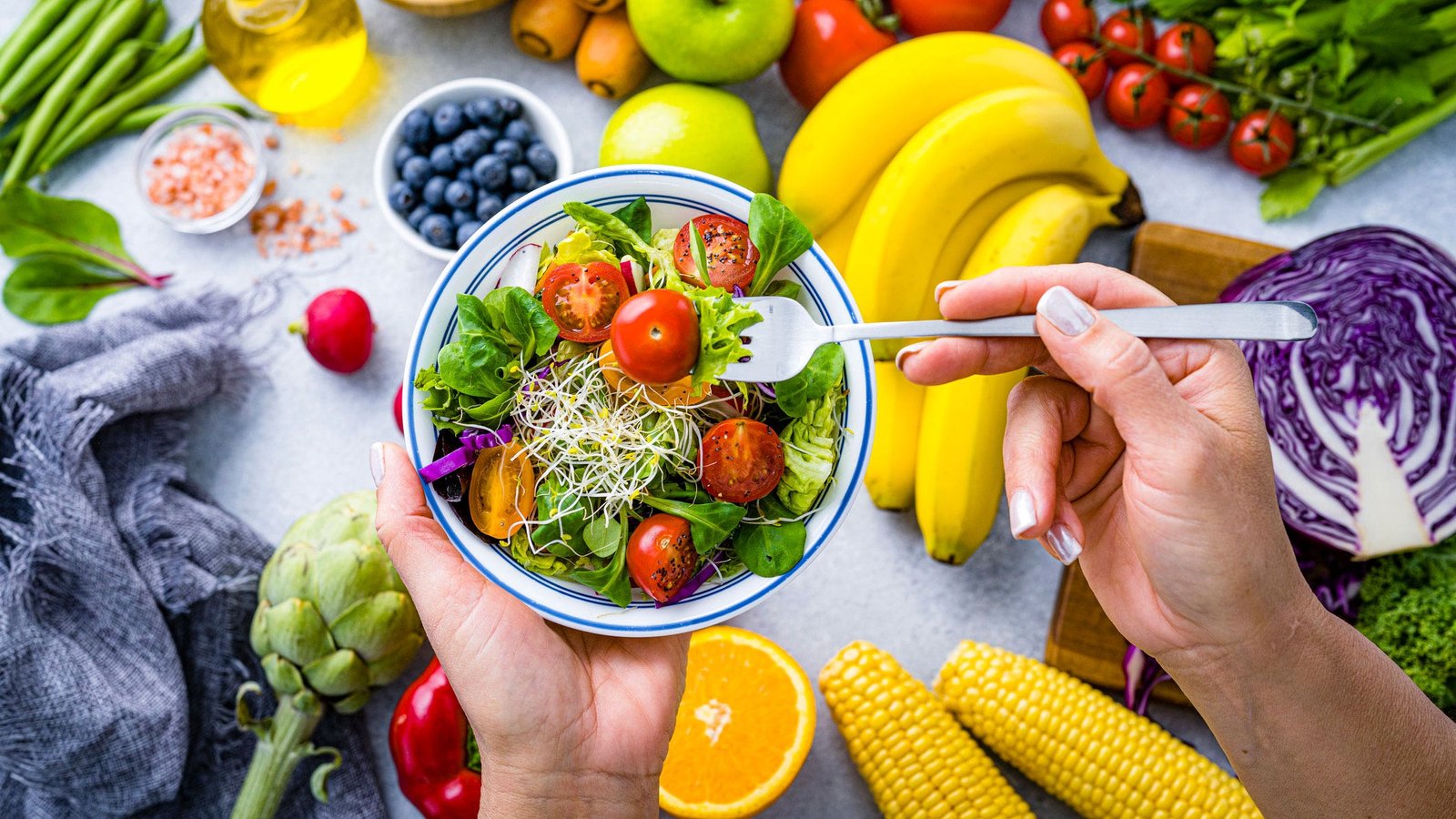Nourishing Young Minds: A Parent’s Guide to Healthy Eating for Kids
Teaching children about healthy eating shouldn’t feel like a chore. It’s about laying the foundation for a lifetime of well-being, and this guide, inspired by Learning4Little’s fantastic YouTube video “HEALTHY vs UNHEALTHY Food | Healthy Food, Unhealthy Food for Kids,” will show you how to make it fun and effective.

HEALTHY vs UNHEALTHY Food | Healthy Food, Unhealthy Food for Kids
The Power of Proper Nutrition: Why Healthy Eating Matters
Growth and Development: Building Strong Foundations
A balanced diet isn’t just about avoiding illness; it’s the cornerstone of healthy growth and development. Essential vitamins and minerals act as building blocks, powering everything from strong bones (thanks to calcium in dairy products) to robust muscles (fueled by protein in eggs, fish, and lean meats). These nutrients are crucial for repairing tissues and ensuring your child thrives.
Immunity Boost: Shielding Little Ones from Illness
Fruits and vegetables aren’t just colorful additions to the plate; they’re nutritional superheroes! The vitamins and minerals they contain help bolster your child’s immune system, making them more resilient to common childhood illnesses.
Energy Unleashed: Fueling Play and Learning
Healthy eating directly impacts energy levels. Complex carbohydrates, found in whole grains (avoid the processed stuff!), provide sustained energy for active play, focused learning, and overall well-being. This consistent energy source is far superior to the sugar crash often associated with processed snacks.
Maintaining a Healthy Weight: A Lifelong Benefit
A balanced diet plays a crucial role in maintaining a healthy weight throughout childhood and into adulthood. This helps reduce the risk of developing serious health problems later in life.
Superfood Squad: The Healthy Food Heroes
Inspired by Learning4Little’s visually engaging video, let’s explore some nutritional superstars that should be staples in your child’s diet:
The Vibrant Vegetable and Fruit Fiesta
Think beyond just apples and bananas! Embrace the rainbow – broccoli, carrots, spinach, avocados – each bursting with vitamins, minerals, and fiber. Fiber aids digestion and keeps little tummies feeling full and satisfied.
Protein Powerhouses: Building Blocks for Growth
Eggs, fish, and lean meats are essential for building and repairing body tissues. They provide the protein necessary for your child’s growth and development.
Dairy Delights: Calcium for Strong Bones
Milk and yogurt are rich in calcium, vital for building strong bones and teeth. Opt for low-fat or fat-free varieties for added health benefits.
Nutty Goodness (in Moderation): Healthy Fats and More
Nuts offer a great source of healthy fats, protein, and fiber, but remember moderation is key, especially with younger children due to choking hazards.
The “Treat” Troop: Foods to Enjoy Sparingly
It’s not about eliminating treats entirely, but about understanding their place in a balanced diet. The Learning4Little video clearly illustrates this difference:
Sugary Snacks: A Little Goes a Long Way
Cupcakes, cookies, and ice cream are high in sugar and low in nutritional value. Excessive sugar consumption can contribute to weight gain, tooth decay, and other health problems.
Processed Foods: Occasional Indulgences
Burgers, chips, and pizza often contain high levels of sodium, unhealthy fats, and added sugars. These should be occasional treats, not daily staples.
Sugary Drinks: Hydration Without the Hype
Soda is essentially liquid sugar with no nutritional value. Water is always the best choice for hydration.
Making Healthy Eating Fun and Engaging
The key to successful healthy eating is making it enjoyable! Here are some tips inspired by Learning4Little’s engaging approach:
Get Kids Involved: From Farm to Table
Let them participate in grocery shopping, food preparation, or even gardening. This hands-on experience fosters a positive relationship with food.
Colorful Plates: Appealing to the Eyes
A visually appealing plate filled with vibrant fruits and vegetables is far more tempting than a plate of beige foods.
Lead by Example: Modeling Healthy Habits
Children learn by observing their parents and caregivers. Show them that you enjoy eating healthy foods too!
Avoid Power Struggles: Offer Choices, Not Demands
Offer healthy choices, but don’t force your child to eat anything they don’t want. A relaxed approach is far more effective.
By incorporating these tips and using fun, engaging resources like the Learning4Little video, you can help your children develop healthy eating habits that will benefit them for a lifetime. Remember, it’s about balance and moderation!












![[VDO] What evidence does Thailand have to claim Tamoan Thom Temple as its own? 30 What evidence does Thailand have to claim Tamoan Thom Temple as its own](https://hothotnews.com/wp-content/uploads/2025/06/What-evidence-does-Thailand-have-to-claim-Tamoan-Thom-Temple-as-its-own-e1751463052220.jpg)






Pingback: Fruits and vegetables could improve sleep by 16% - Hot News